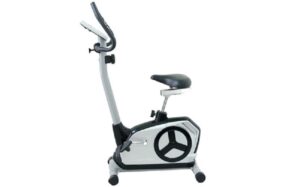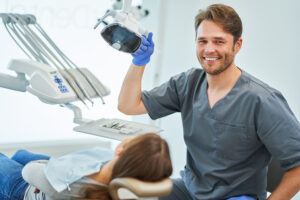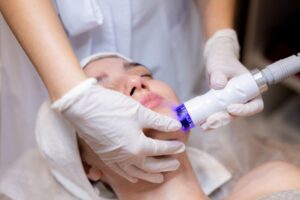
Clear skin often feels like a finish line that keeps moving, especially when acne leaves marks that linger long after the breakouts fade. Laser treatments have become a popular option for people who want to smooth those reminders away without hiding behind concealer. If you’re planning your first session, here’s what really happens before and after laser treatment for acne scars, no fluff, no jargon, just the glow-up facts.
Understanding How Laser Treatments Work
Laser treatments in Singapore, like Picosure Pro, target the deeper layers of skin where acne scars take root. Instead of sanding down the surface, the light energy stimulates new collagen to rebuild texture from within. Think of it as your skin’s version of home renovation, tearing down uneven parts and replacing them with fresh material.
Different systems handle different depths. CO₂ and Erbium lasers, for example, remove tiny columns of tissue to even out the surface. Meanwhile, newer machines use fractional energy patterns, meaning small zones are treated while surrounding areas stay untouched. This allows quicker healing and smoother recovery.
Preparing for Your First Laser Session
Before your appointment, most clinics recommend stopping exfoliants or retinoids for a few days. This prevents sensitivity during treatment. Avoid sun exposure as well; tanned skin can react unpredictably to the laser’s energy. Arriving with clean, makeup-free skin helps the aesthetician assess your scars accurately.
Your first consultation typically includes a skin scan to gauge scar depth and pigmentation. Some clinics in Singapore use digital imaging tools that show exactly where collagen loss is most visible. This allows your specialist to adjust laser intensity and pattern based on your skin’s actual condition rather than guesswork.
During the Treatment
A topical anaesthetic cream is applied about thirty minutes before the laser begins. Once it kicks in, you’ll feel light pricks or warmth across the treated zones. Each pulse lasts less than a second, creating microchannels in the skin to trigger healing. For smaller areas like the cheeks, a session can take about twenty minutes. It’s a short procedure, though your skin will look flushed afterward, much like a mild sunburn that forgot its sunscreen.
For those opting for pico laser sessions, the sensation is even gentler. Some patients describe it as the feeling of tiny rubber bands snapping lightly against the skin. It’s quick, efficient, and remarkably tolerable, making it a popular choice for those seeking laser treatment in Singapore.
What Happens After the Treatment
Post-treatment care is where the science continues. The treated area will be red and slightly swollen for a few days. Your specialist will likely apply a cooling gel and give you a soothing recovery cream. Avoid touching, picking, or scrubbing the skin, no matter how tempting it feels. Gentle cleansing and liberal moisturising are key.
Sun protection becomes your new daily mantra. Freshly treated skin is more sensitive to UV light, so apply broad-spectrum sunscreen before heading out. Within a week, most redness fades, and you’ll notice the surface becoming smoother. For deeper scars, visible improvement develops gradually as collagen production increases over the next few months.
Seeing Results Over Time
Laser treatments in Singapore are usually scheduled as a series of sessions, spaced four to six weeks apart. The exact number depends on your skin’s response and the scar’s severity. Some notice visible changes after the first session, while others see cumulative results by the third or fourth. A dual wavelength laser, like the Fraxel Dual Laser, is often used to target both surface and deeper layers of skin, enhancing precision and overall rejuvenation.
The beauty of collagen renewal is that it continues to work quietly even after the final appointment. Your skin keeps refining itself long after you’ve left the clinic. The effect feels gradual yet rewarding, a slow reveal rather than a sudden switch.
Maintaining Your Results
Aftercare doesn’t end with sunscreen. Regular hydration, a balanced diet, and a simple skincare routine all help sustain the improvements. Harsh scrubs and alcohol-based toners are best avoided for at least two weeks. If your doctor suggests a mild chemical peel or LED treatment between sessions, those can support healing and keep inflammation in check.
Consistency pays off. Even a well-done laser session can lose its edge if you return to poor habits or skip sun protection. Treat your new skin like a prized investment, it deserves maintenance, not neglect.
The Bottom Line
Ablative or non-ablative, each laser type has its perks, but all share one goal: to help your skin reset from within. The process may sound technical, yet the principle is simple, out with the old cells, in with the new glow. Whether you go for fractional resurfacing or pico laser, patience and proper care bring the best outcomes. Contact Halley Medical Aesthetics to find out which laser treatment fits your skin goals and start your path toward smoother, more confident skin today.






